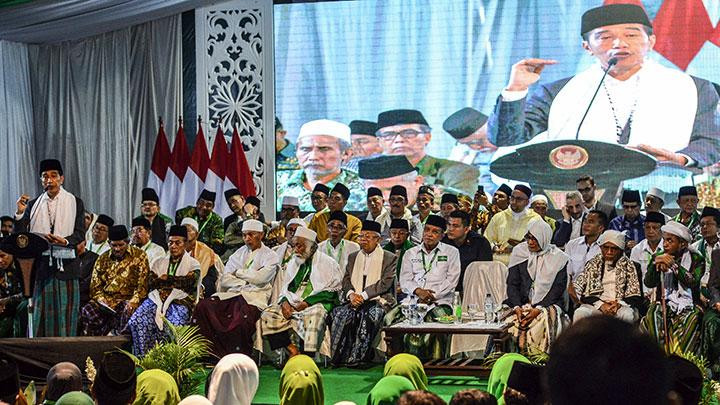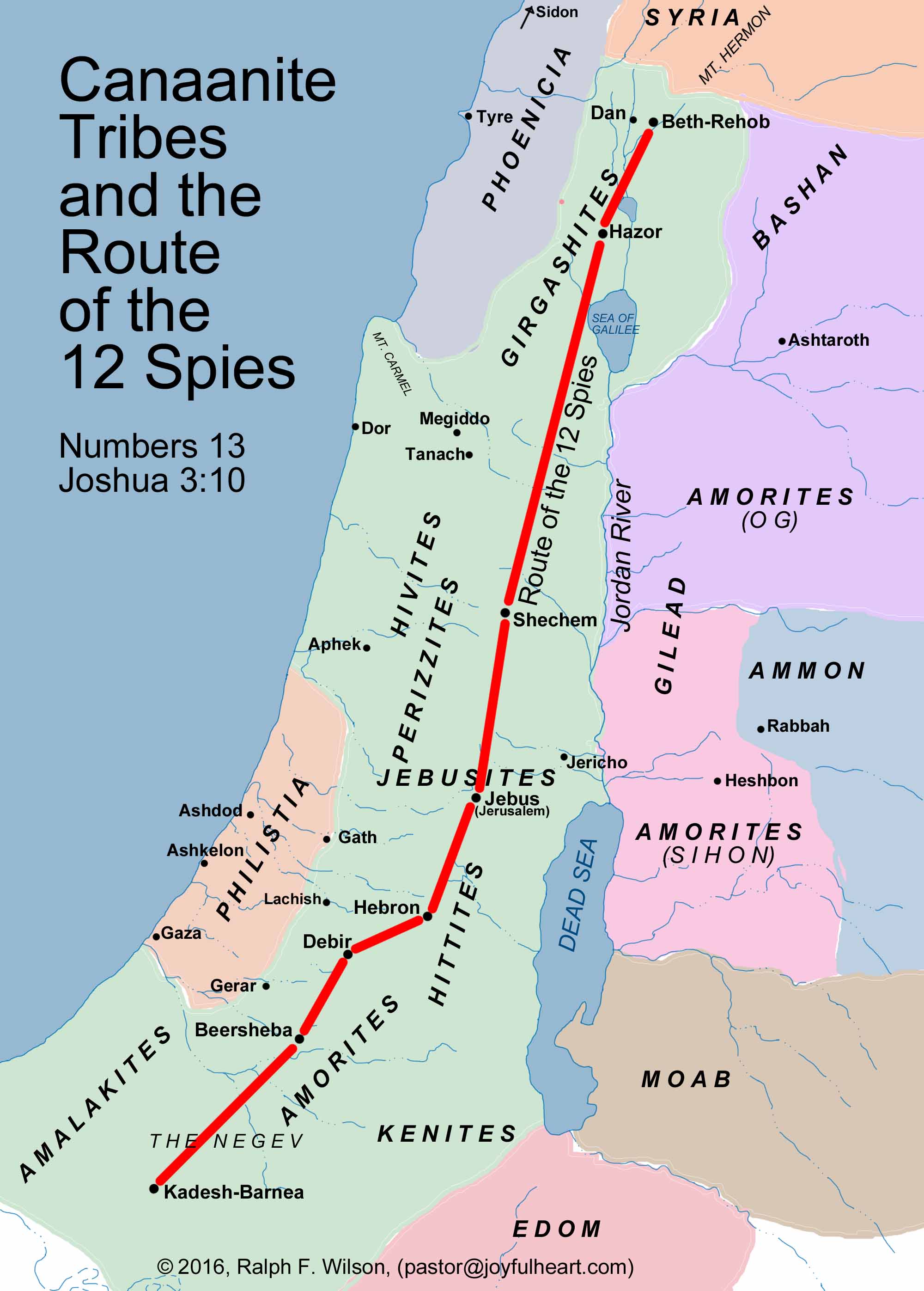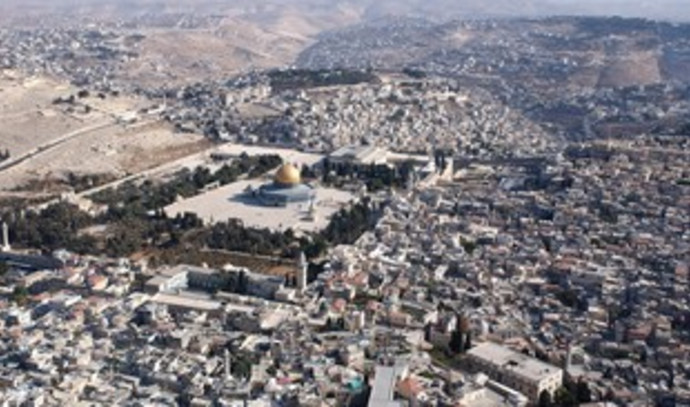Submarginal as these conditions were, they were immeasurably better than those of Muslim Arabs elsewhere in the Middle East. The statistics of Arab population growth were revealing: In Palestine, the increase between 1922 and 1946 was 118 percent, a rate of almost 5 percent annually, and the highest in the Arab world except for Egypt. It was not all natural increase. During those 24 years, approximately 100,000 Arabs entered the country from neighboring lands. The influx could be traced in some measure to the orderly government provided by the British, but far more, certainly, to the economic opportunities made possible by Jewish settlement.
The rise of the Yishuv benefited Arab life indirectly, by disproportionate Jewish contributions to government revenues, and thereby to increased mandatory expenditures in the Arab sector; and directly, by new markets for Arab produce and (until the civil war of 1936) employment opportunities for Arab labor. It was significant, for example, that the movement of Arabs within Palestine itself was largely to regions of Jewish concentration. Thus, Arab population increase during the 1930s was 87 percent in Haifa, 61 percent in Jaffa, 37 percent in Jerusalem. A similar growth was registered in Arab towns located near Jewish agricultural villages.
The 25 percent rise of Arab participation in industry could be traced exclusively to the needs of the large Jewish immigration.
Under the Turks, Arab political life had been rudimentary and had consisted largely of maneuvers for civil office among rival
effendi families [“effendi” is a Turkish title of respect, used most commonly for government officials or members of the aristocracy]. No organized nationalist movement whatever came into being until after the Armistice, when Muslim‑Christian Associations were founded in various Arab towns to protest the impending Jewish National Home. This opposition, too, was at first essentially a projection of Syrian nationalism. It followed the lead of Arab politicians in Damascus during the unsuccessful 1919‑1920 effort to establish an independent Syrian kingdom.
(full article online)
Who are the Palestinians. Israeli Palestinian Relations. Contemporary Israel. The Jewish State. Jewish History and Community.

www.myjewishlearning.com
Yes. The Zionists always claim hordes of Arabs moved in after they arrived. Its the land without people for a people without land lie.
The population of Palestine doubled in about 15 years with 600,000 non Arabic speaking Europeans.
It doubled because the Jew hating Brits let Arabs migrate illegally while the legal immigration of Jews was nearly halted.
Let us look at history:
As late as 1882, the Arab population of Palestine barely reached 260,000. Yet by 1914 this number had doubled, and by 1920 it had reached 600,000. Under the mandate, the figure grew even more dramatically, climbing to 840,000 by 1931, and representing 81 percent of the country’s inhabitants.
Approximately 75,000 of the Palestine Arabs were Christian, heavily impacted [that is, tightly packed] in the urban areas, comparatively literate, and widely employed at the middle and lower echelons of the mandatory administration. The Muslim Arabs — the majority — were [much less economically and institutionally developed]. Fully 70 percent of them lived on the soil, mainly in the hilly northern and central regions of the country, where they raised grains, vegetables, olive oil, and tobacco.
A 1922 census revealed that a third of the Arab farmers were
fellahin — tenant sharecroppers — whose average plot rarely exceeded 100 dunams (25 acres). Endlessly indebted to their landlords, to whom they paid a rent of from 33 to 50 percent of their crops, they lived with their families of five or more children in mud‑brick huts, possessed virtually no sanitary facilities, and suffered chronically from amoebic dysentery and bilharziasis.
Submarginal as these conditions were, they were immeasurably better than those of Muslim Arabs elsewhere in the Middle East. The statistics of Arab population growth were revealing: In Palestine, the increase between 1922 and 1946 was 118 percent, a rate of almost 5 percent annually, and the highest in the Arab world except for Egypt. It was not all natural increase. During those 24 years, approximately 100,000 Arabs entered the country from neighboring lands. The influx could be traced in some measure to the orderly government provided by the British, but far more, certainly, to the economic opportunities made possible by Jewish settlement.
The rise of the Yishuv benefited Arab life indirectly, by disproportionate Jewish contributions to government revenues, and thereby to increased mandatory expenditures in the Arab sector; and directly, by new markets for Arab produce and (until the
civil war of 1936) employment opportunities for Arab labor. It was significant, for example, that the movement of Arabs within Palestine itself was largely to regions of Jewish concentration. Thus, Arab population increase during the 1930s was 87 percent in Haifa, 61 percent in Jaffa, 37 percent in Jerusalem. A similar growth was registered in Arab towns located near Jewish agricultural villages. The 25 percent rise of Arab participation in industry could be traced exclusively to the needs of the large Jewish immigration.
Under the Turks, Arab political life had been rudimentary and had consisted largely of maneuvers for civil office among rival
effendi families [“effendi” is a Turkish title of respect, used most commonly for government officials or members of the aristocracy]. No organized nationalist movement whatever came into being until after the Armistice, when Muslim‑Christian Associations were founded in various Arab towns to protest the impending Jewish National Home. This opposition, too, was at first essentially a projection of Syrian nationalism. It followed the lead of Arab politicians in Damascus during the unsuccessful 1919‑1920 effort to establish an independent Syrian kingdom.
Accordingly, the collapse of Feisal’s regime in the summer of 1920 and the transfer of nationalist headquarters from Damascus to Jerusalem played a critical role in the development of an authentic Palestine Arab nationalism. It did not escape the Arab leadership, especially those who formerly had devoted their energies to the Hashemite cause in Syria, that the Zionists, as a minority settlement, were surely more vulnerable to concerted resistance than were the French or British.
(full article online)
Who are the Palestinians. Israeli Palestinian Relations. Contemporary Israel. The Jewish State. Jewish History and Community.

www.myjewishlearning.com

www.thejakartapost.com

www.pri.org
















